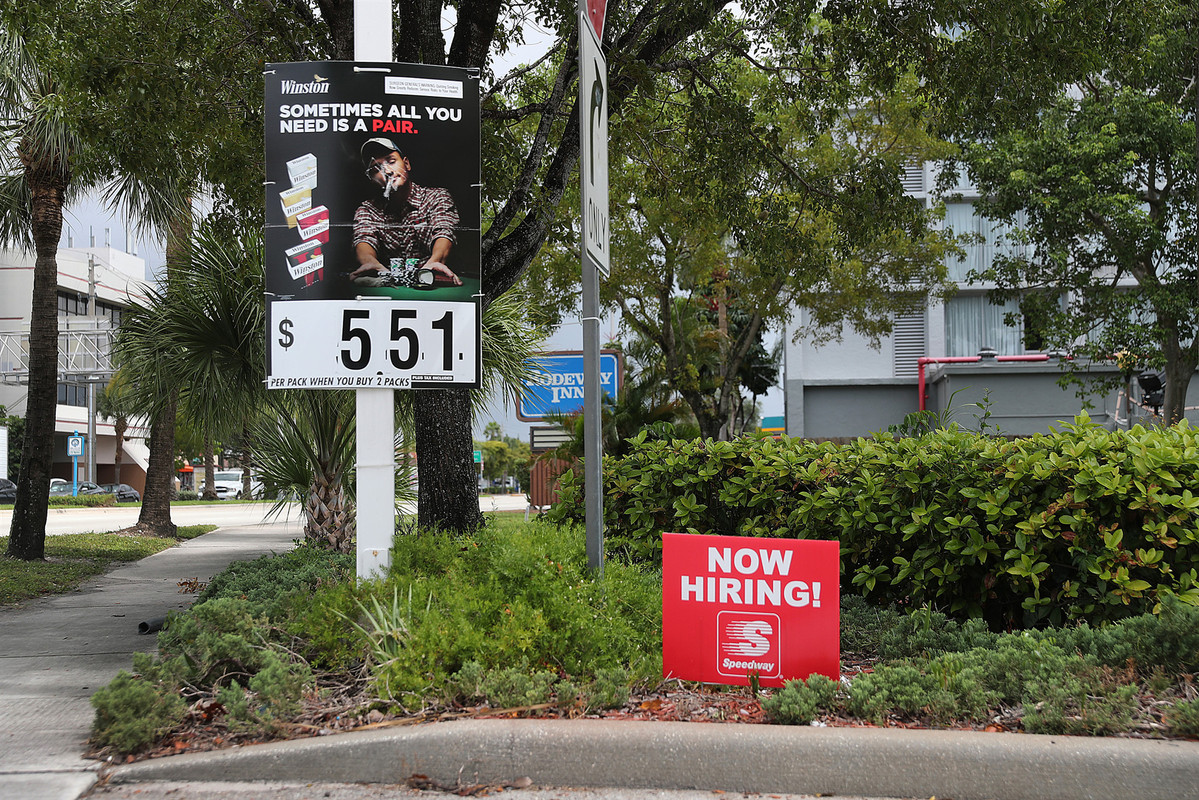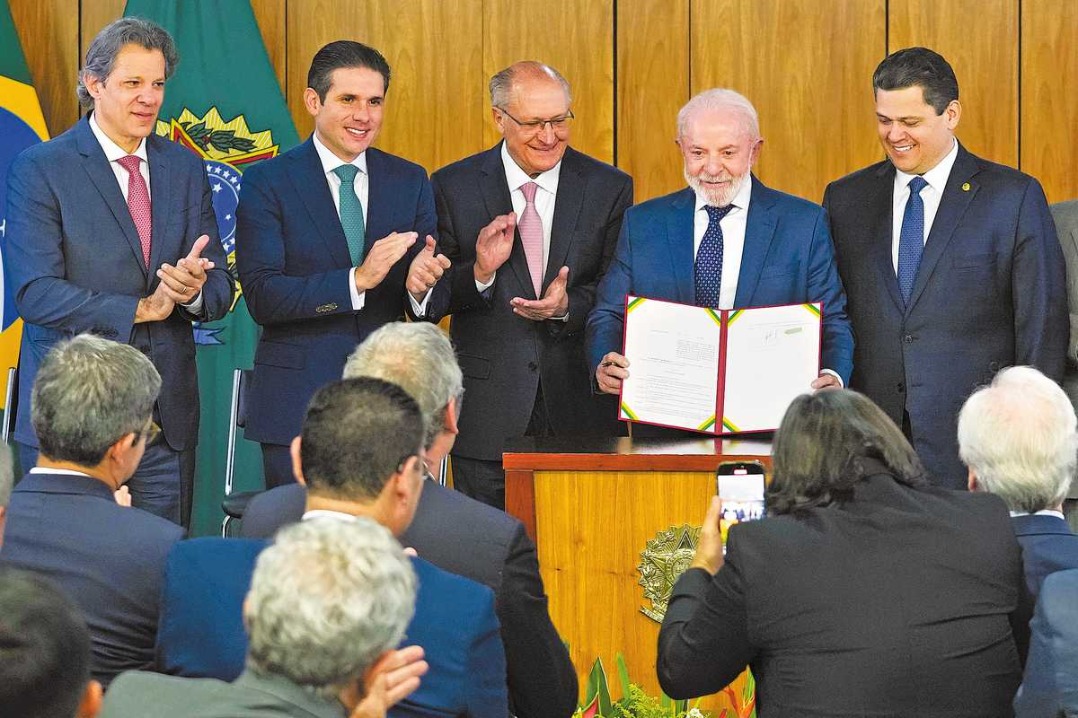US economy adds 145,000 jobs in December


The US economy added 145,000 workers in December, fewer than expected, but unemployment remained at a 50-year low of 3.5 percent, the Bureau of Labor Statistics reported Friday.
Analysts had expected a gain of about 160,000 in December, but it marked the 10th year in a row that US companies have added jobs, the longest period in the 80 years the government has compiled employment data.
In the last 12 months, average hourly wages in the private sector have risen 2.9 percent. From November 2018 to November 2019, the Consumer Price Index increased 2 percent.
Consistent job growth, low unemployment and small but steady wage gains suggest continued growth in 2020. US President Trump is expected to run on his economic record as he seeks re-election in November.
"With the incoming survey data improving again, jobs growth looks set to stay solid throughout at least the first half of 2020," Satyam Panday and Beth Ann Bovino, analysts at S&P Global Ratings said in a research report. "We expect solid overall employment growth of about 150,000 average per month in the first half of the year. Overall, wage growth will likely be between 3 percent to 5 percent with an upward tilt to lower wage occupations as a result of tighter demand and minimum wage set to rise in more than 20 states."
The Federal Reserve, an independent agency charged with creating the conditions for a strong economy and a sound money, cut interest rates by one-quarter point in July, September and October 2019. But current conditions suggest no further cuts in the immediate future.
"Given the gradually rising, yet considerably tame outlook for inflation in 2020, we believe the Federal Reserve is likely to sit on the sidelines throughout the year with interest rates remaining steady at the current 1.5 percent to 1.75 percent," the S&P Global analysts said.
The US economy lagged amid a worldwide economic slowdown and uncertainty created by the on-going US-China trade dispute. China's top trade negotiator will visit Washington this week and is expected to sign the initial step in what both sides hope will be a comprehensive trade deal.
In 2019, US employers added 2.11 million jobs, down 21.27 percent from 2018's gain of 2.68 million. With the overall economy strong, the slower hiring pace suggests companies had difficulty in finding qualified workers. Increased wages suggest employers must pay more to attract and retain staff.
The current unemployment rate of 3.5 percent is near its lowest level since 1969. Another measure, which includes the under-employed and workers marginally attached to the work force known as U-6, dropped to 6.7 percent — the lowest since 1994.
The labor force participation rate, or the percentage of the workforce employed, was 63.2 percent. Average hourly pay increased three cents in December to $28.32, the Bureau of Labor Statistics said.
In December, employment grew in construction, retail, healthcare and professional services. But the number of jobs declined in manufacturing, mining, transportation and warehousing, government statistics show.
Wholesale, information technology, financial and government employment showed little change.
Speaking last week in New York, Federal Reserve Vice Chairman Richard Clarida said the strong labor market has not created inflationary pressure.
"I believe that monetary policy is in a good place and should continue to support sustained growth, a strong labor market and inflation running close to our 2 percent objective," he said.

































